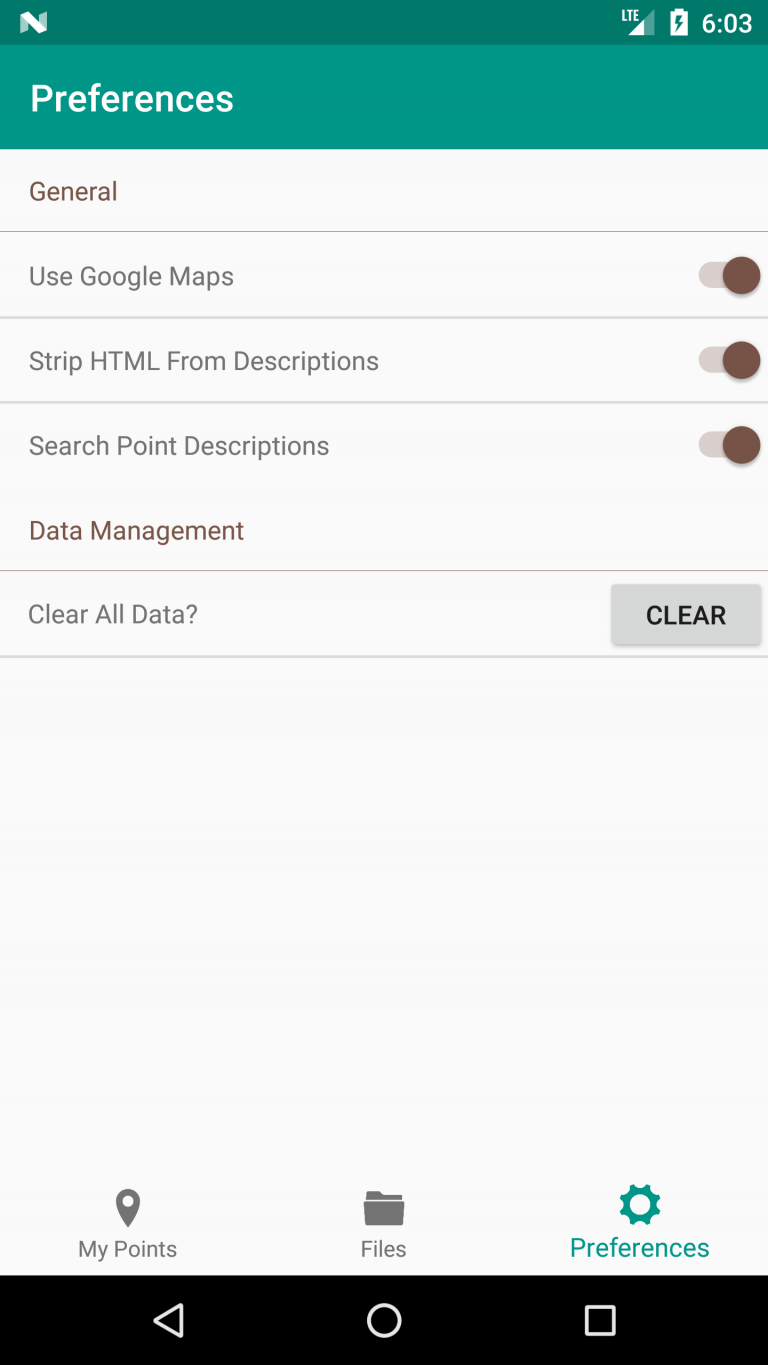
The method uses XHR as a transport, therefore the same origin policy applies, or the server should respond with the appropriate CORS headers. This method launches parsing of the data file at the current URL (see H.data.AbstractReader#setUrl or H.data.AbstractReader). This method retrieves the processing state of the Reader. It resets the current state of the Reader to its initial values (clears data about last parsed objects, etc.), and throws InvalidState exception if the state of the Reader is not READY or ERROR. This method retrieves the URL of the current file, which is either a file being fetched/parsed or a file that has been already parsed. Note that the method returns only currently parsed objects if parsing is ongoing.

Input can be in the form of GPS data (tracks and waypoints), driving routes, street addresses, or simple coordinates. It is free and easy to use, yet powerful and extremely customizable. This method retrieves a collection of objects representing parsed data converted to data objects. GPS Visualizer is an online utility that creates maps and profiles from geographic data. If the data has not been parsed, the method returns an ObjectLayer that contains partial information, and the reader adds any new parsed objects to the provider associated with the layer later on. Keyhole Markup Language (KML) is an XML notation for expressing geographic annotation and visualization within two-dimensional maps and three-dimensional Earth browsers. The method gets a new instance of ObjectLayer with every invocation.

This method retrieves an object layer ( H.) that contains parsed data and can be added directly to the map.


 0 kommentar(er)
0 kommentar(er)
